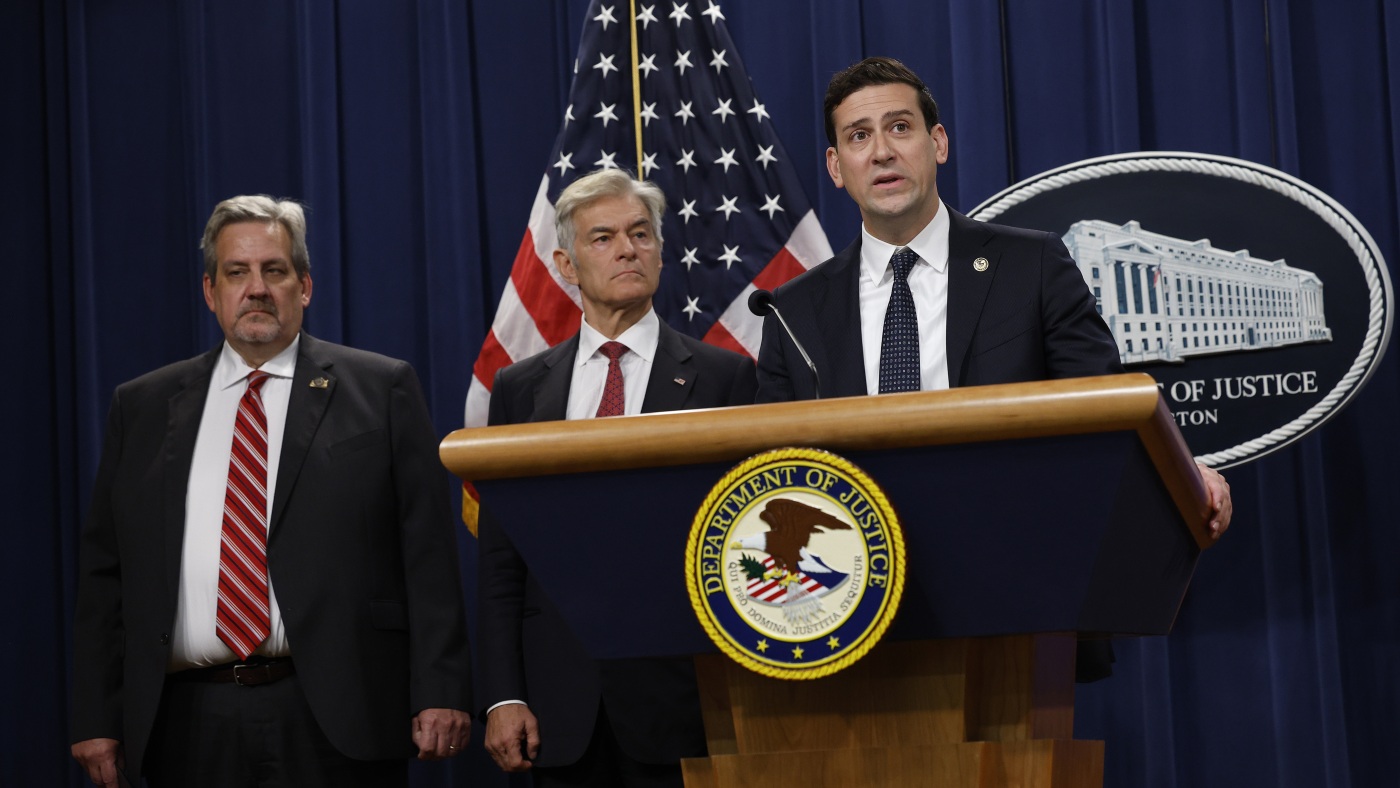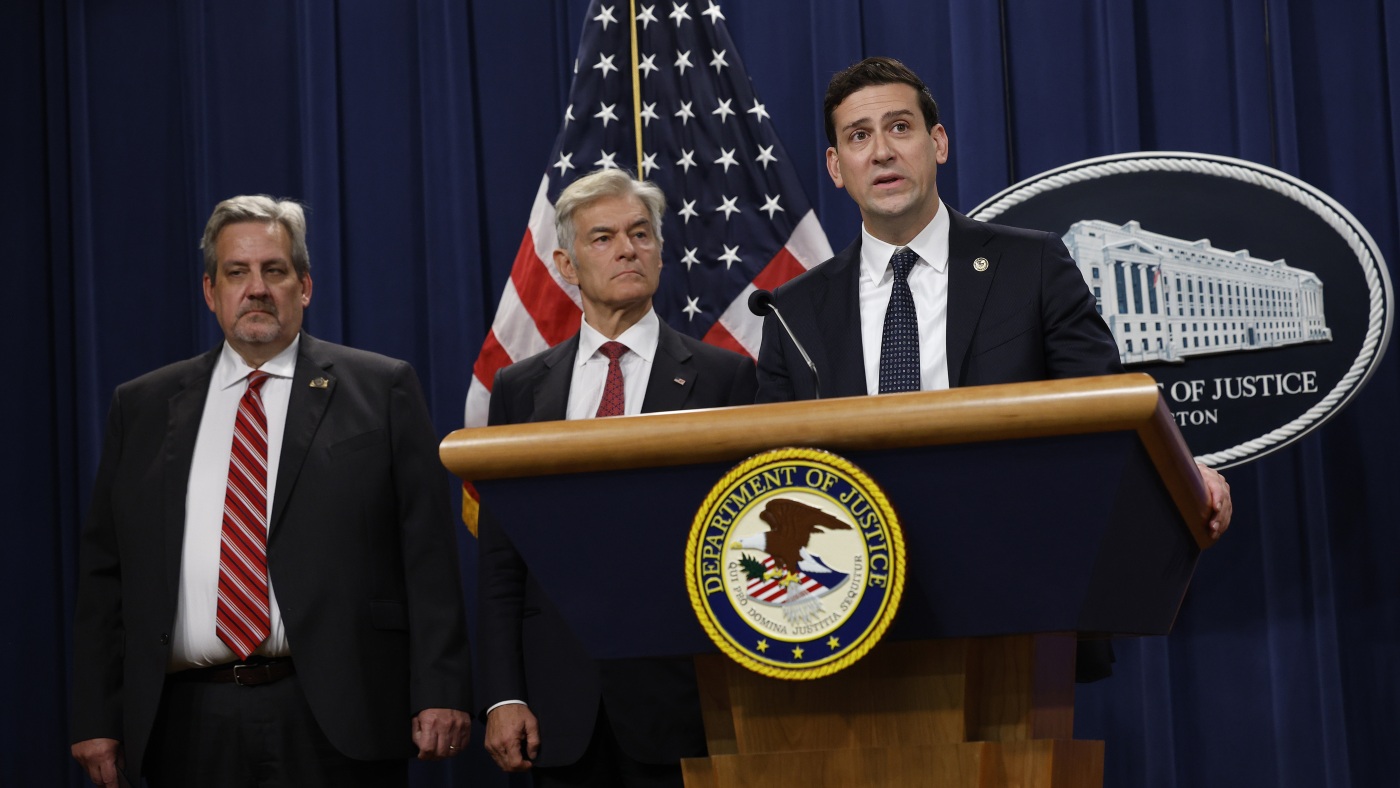The 2025 National Health Care Fraud Takedown stands as a pivotal moment in U.S. justice history, representing the largest and most impactful crackdown on healthcare fraud ever orchestrated by the Department of Justice (DOJ). With criminal charges filed against 324 defendants, including a significant number of licensed medical professionals, the operation not only exposes a vast network of fraudulent schemes but also underscores the government’s intensified efforts to safeguard vulnerable patients and curb financial abuses within the healthcare system.
Scale and Scope of the Takedown
The sheer scale of this operation is unprecedented. It surpasses previous records by doubling the prior high of $6 billion in healthcare fraud, with an estimated $14.6 billion in false claims linked to the accused. The takedown spanned 50 federal districts and involved coordination with 12 State Attorneys General Offices, demonstrating the nationwide reach and the intricate federal-state collaboration required to address such widespread criminal activity.
Among the defendants, 96 were medical professionals, including doctors, nurse practitioners, and pharmacists. This statistic highlights the alarming extent to which fraudulent activities have infiltrated trusted segments of the healthcare community. The charges targeted a variety of fraudulent schemes, including false billing to federal health programs like Medicare and Medicaid, prescription drug abuses, and schemes involving fake patient records or sham clinics. The diversity of these schemes underscores the complexity and adaptability of healthcare fraud, necessitating a multifaceted approach to detection and prevention.
Financial Consequences and Asset Seizures
The financial implications of the takedown are staggering. In addition to the $14.6 billion in fraudulent claims uncovered, authorities successfully prevented an additional $4 billion in bogus Medicare and Medicaid claims from being paid. This proactive interception showcases the enhanced surveillance and verification systems now employed by the Centers for Medicare and Medicaid Services (CMS) to curb fraud before it fully materializes. The ability to intercept fraudulent claims before payment not only saves taxpayer dollars but also demonstrates the effectiveness of modern fraud detection technologies.
In terms of tangible asset recovery, the DOJ seized over $245 million in cash, luxury vehicles, cryptocurrency, and other valuables derived from the illicit profits of these schemes. This seizure not only removes the financial incentives for fraud but also serves as a stark warning to potential offenders about the consequences of exploiting public healthcare funds. The recovery of these assets is a critical component of the takedown, as it directly impacts the financial viability of fraudulent operations and sends a clear message that such activities will not go unpunished.
Impact on Healthcare Integrity and Public Trust
Healthcare fraud extends beyond financial damage; it undermines public trust and can jeopardize patient safety. Criminals charging for unnecessary treatments or counterfeit services put vulnerable patients at risk and drain resources from those genuinely in need. By targeting professionals entrusted with patient care, the takedown sends a clear message about the ethical boundaries breached by some within the system.
The DOJ emphasized that this effort protects some of the most vulnerable citizens, particularly Medicare and Medicaid beneficiaries who rely heavily on the integrity of healthcare services. The operation also acts as a deterrent, signaling that sophisticated and large-scale fraud will be met with coordinated, forceful legal action. The impact on public trust is significant, as it reassures patients and taxpayers that the government is actively working to ensure the integrity of the healthcare system.
Enhanced Coordination and Future Directions
The success of the 2025 takedown underscores the growing sophistication and coordination between federal agencies, state governments, and healthcare oversight bodies. The collaboration enabled more effective investigation and prosecution across multiple jurisdictions simultaneously, something that is crucial given the complexity and scope of modern healthcare fraud networks.
Moving forward, this initiative highlights several trends and future priorities:
– Data Analytics and Technology: Advanced data analysis played a key role in detecting patterns indicative of fraud, enabling preemptive actions to prevent further fraudulent claims. The use of technology in fraud detection is expected to become even more sophisticated, with machine learning and artificial intelligence playing increasingly important roles.
– Public-Private Partnerships: Partnerships between the government and private healthcare providers or insurers bolster fraud detection and reporting mechanisms. These collaborations are likely to expand, as they provide valuable insights and resources that can enhance the overall effectiveness of fraud prevention efforts.
– Stricter Regulatory Oversight: The operation may prompt tighter regulations and auditing standards to minimize loopholes exploited by fraudsters. Stricter oversight can help prevent fraudulent activities before they escalate, ensuring that healthcare funds are used appropriately.
– Increased Focus on Professional Accountability: Holding licensed medical professionals accountable reinforces ethical standards and safeguards patient welfare. This focus on accountability is expected to continue, as it is crucial for maintaining public trust in the healthcare system.
Conclusion: A Landmark Effort with Lasting Implications
The 2025 National Health Care Fraud Takedown represents a watershed moment in the battle against healthcare fraud. Delivering criminal charges against hundreds of perpetrators and recovering billions of dollars, the operation disrupts entrenched schemes that have long drained public healthcare funds. Beyond the immediate financial restitution, the takedown fortifies the healthcare system’s credibility and signals a broader commitment to transparency and justice.
While millions in fraudulent claims have been uncovered, the scale of healthcare fraud remains a daunting challenge. The lessons learned and the framework strengthened through this initiative offer hope for more robust protections of the nation’s healthcare resources, ensuring that funds reach those truly in need, and that trust in medical professionals and institutions remains intact. The DOJ’s unprecedented takedown sets a powerful precedent that fraud—no matter how sophisticated—will face comprehensive and relentless pursuit. The success of this operation serves as a blueprint for future efforts, demonstrating the importance of collaboration, technology, and accountability in the ongoing fight against healthcare fraud.








